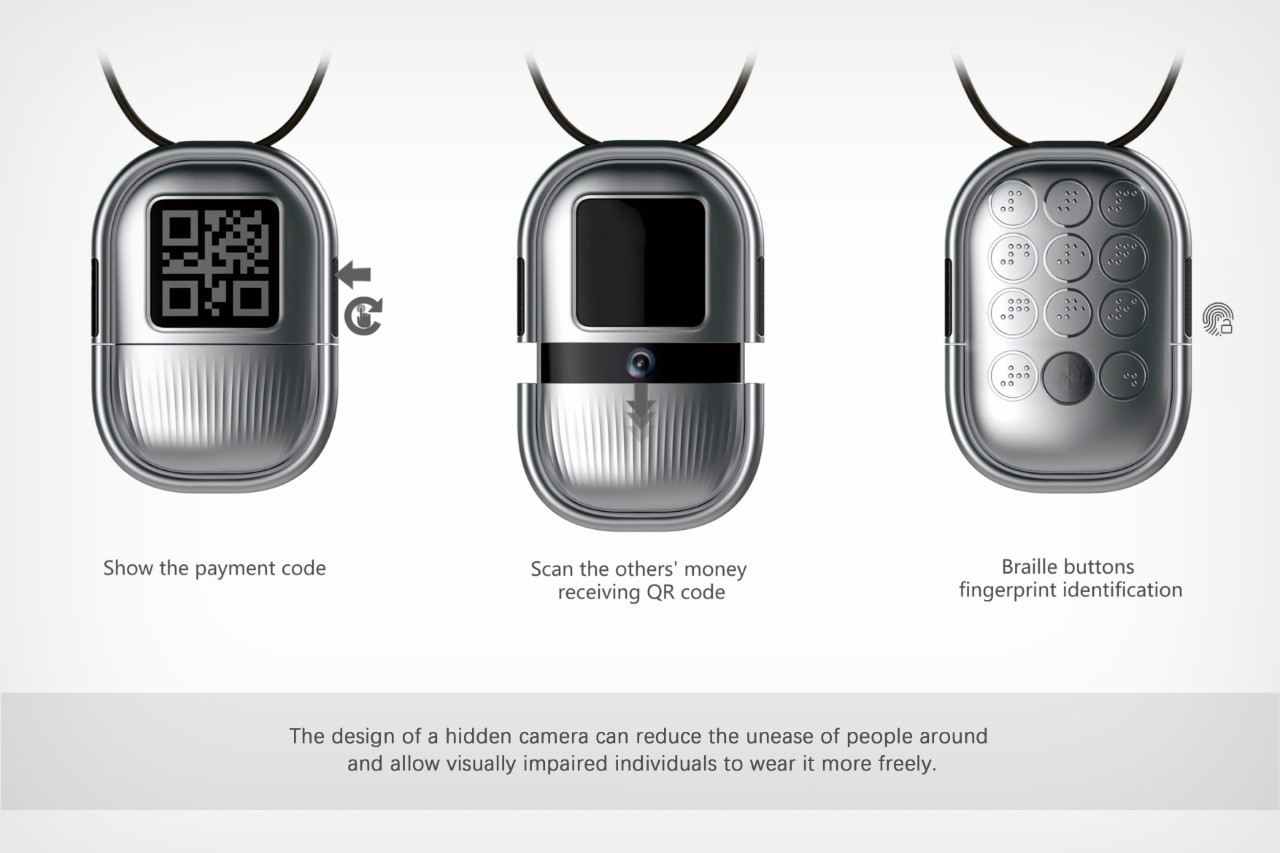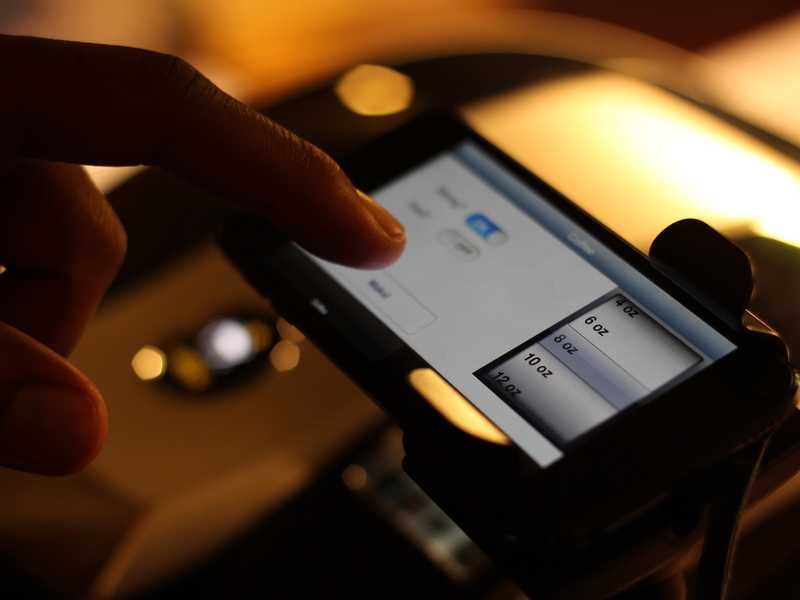Speech-to-Text Devices for Low Vision: Closing the Communication Gap
Speech-to-Text Devices for Low Vision: Closing the Communication Gap
Blog Article
A Guide to Life-altering Assistive Technology for the Blind and Aesthetically Damaged
The advancement of assistive technology has ushered in a transformative period for people who are visually damaged or blind, offering devices that enhance freedom and improve everyday experiences. Technologies such as clever navigation gadgets and AI-driven applications are redefining how customers connect with their environments, while available analysis services and clever home modern technologies promise to more elevate the top quality of life.
Smart Navigating Tools
Smart navigating devices are revolutionizing the means individuals that are aesthetically impaired or blind communicate with their setting. These innovative technologies, which incorporate general practitioners, audio feedback, and haptic signals, provide individuals with crucial information concerning their environments, enhancing their freedom and mobility.
One popular instance is using wise walking canes geared up with sensing units that discover obstacles and provide real-time responses via vibrations or audio hints. These devices allow customers to browse complex environments, such as hectic streets or crowded public areas, with enhanced confidence. In addition, wearable devices, such as smart glasses, are being created to aid in identifying faces, checking out message, and determining things, additionally boosting the individual's spatial understanding.
Additionally, smart navigating devices are increasingly integrating expert system to examine information and adapt to individuals' choices. This personalized technique not only boosts navigating effectiveness yet additionally promotes a sense of empowerment among customers. As modern technology continues to advancement, the capacity for wise navigation devices to produce a more comprehensive and easily accessible world for individuals who are aesthetically damaged or blind remains appealing, ultimately improving their daily experiences and interactions.
Innovative Mobile Applications
Mobile applications are becoming effective devices for aiding individuals that are visually damaged or blind, supplying a range of functionalities that boost daily living. These apps harness progressed technology to promote everyday tasks, enhance ease of access, and advertise self-reliance.
One classification of cutting-edge mobile apps focuses on aesthetic acknowledgment. Applications like Be My Eyes link customers with sighted volunteers through video clip phone calls, enabling real-time assistance for tasks such as reading tags or navigating unknown settings. Likewise, apps like Seeing AI make use of man-made intelligence to explain surroundings, reviewed text, and recognize items, offering customers with vital info at their fingertips.
One more substantial location is navigation and orientation. Apps such as Aira and Nearby Traveler offer audio support, aiding customers browse urban spaces effortlessly. They offer personalized aid, permitting for an extra confident expedition of the environment.
In addition, health and health apps cater to details needs, such as medicine management and fitness tracking. These applications aim to foster an alternative method to well-being, ensuring that users can keep their health separately.
Wearable Assistive Tools
Wearable assistive gadgets represent a substantial development in modern technology designed to support individuals who are blind or visually impaired. These gadgets boost wheelchair and self-reliance by offering real-time comments about the surrounding setting. Among one of the most remarkable wearable technologies are smart glasses geared up with sensing units and video cameras, which can recognize obstacles and relay crucial info through sound cues.

Another ingenious option consists of wrist-worn gadgets that use ultrasonic waves to discover challenges and supply navigational support. These gadgets frequently include adjustable settings, enabling individuals to customize the informs to their certain needs.
The assimilation of artificial intelligence in wearable assistive innovation is also notable, as it continuously enhances the accuracy and responsiveness of these gadgets. Generally, wearable assistive gadgets are changing the lives of the blind and aesthetically damaged, cultivating higher freedom and improving lifestyle through innovative services.
Easily Accessible Checking Out Solutions
Accessible reading remedies play an important duty in allowing people that are visually impaired or blind to engage with text throughout numerous formats. These remedies incorporate a range of modern technologies and tools designed to enhance analysis experiences, from conventional print materials to electronic content.
One noticeable remedy is Optical Personality Recognition (OCR) modern technology, which converts printed message into electronic format, permitting individuals to listen to or review the content using screen visitors. In addition, specialized e-readers geared up with text-to-speech abilities use personalized analysis experiences, making it possible for customers to readjust font dimensions and history colors for enhanced presence.
Another reliable method is braille displays, which supply responsive feedback by converting electronic message into braille. This permits people to review through touch, promoting greater self-reliance and access to literary works. Mobile applications developed for reviewing checked books or files can equip users with instant access to a large library of materials (OCR devices for the blind).

Smart Home Technologies
Smart home innovations have actually transformed the means individuals who are aesthetically impaired or blind interact with their living environments, improving both self-reliance and safety and security. These ingenious options take advantage of automation and connection to develop an available living room tailored to the needs of individuals.
Smart audio speakers and voice-activated aides offer hands-free control over different tools, allowing customers to readjust security, temperature, and Check This Out lights measures through simple voice commands. This functionality minimizes dependence on sighted assistance and fosters a feeling of freedom. Furthermore, clever lights systems can be tailored to provide auditory feedback or tactile hints, enabling people to navigate their homes much more effectively.
Furthermore, security systems geared up with smart electronic cameras and sensing units can send real-time informs to users, improving personal security without demanding visual verification. Automated door locks use comfort, permitting customers to protect their homes effortlessly.
Incorporating wise home innovations not official source just improves everyday living but likewise urges social interaction via connected gadgets - Voice-activated assistive devices. With recurring developments in assistive modern technology, the future appears promising, as more services will arise to additional equip individuals who are blind or aesthetically damaged, ensuring a more independent and inclusive way of life
Verdict
In conclusion, the advancements in assistive technology for the visually damaged and blind represent a significant jump toward enhancing self-reliance and top quality of life. Smart navigating devices, ingenious mobile applications, wearable devices, accessible analysis solutions, and clever home technologies collectively foster a comprehensive setting. This integration of technology not only improves mobility and day-to-day living but likewise empowers people to engage totally with their environments, advertising better freedom and engagement in culture.
Technologies such as clever navigating devices and AI-driven applications are redefining exactly how individuals connect with their environments, while obtainable analysis services and smart home technologies guarantee to further elevate the top quality of life. As modern technology proceeds to advancement, the possibility for smart navigating devices to develop a more inclusive and obtainable world for individuals that are blind or visually impaired remains encouraging, ultimately reshaping their day-to-day experiences and interactions.
Wearable assistive gadgets stand for a significant development in modern technology designed to support people that are aesthetically damaged or blind. Among the most noteworthy wearable modern technologies are smart glasses geared up with sensing units and cameras, which can determine challenges and relay essential info via audio cues.
Smart navigating tools, ingenious mobile applications, wearable devices, obtainable reading services, and wise home innovations jointly foster an inclusive setting.
Report this page